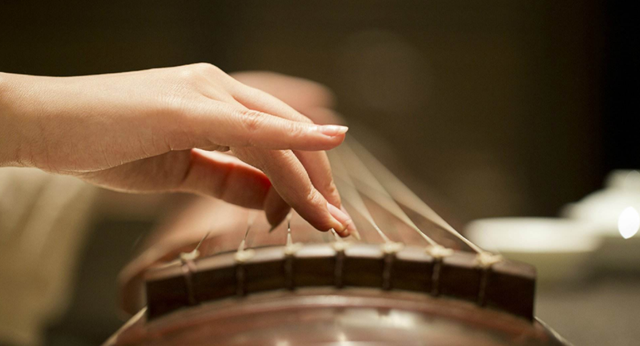Analysis of traditional music structure: the internal logic and aesthetic structure of Guqin music art
Traditional qin music is a bright pearl in Chinese classical music, its structure is rigorous, contains profound cultural heritage and artistic charm. Exploring the structure of traditional music can not only reveal the inherent law of its musical form, but also understand the ancient people's philosophical thoughts and aesthetic pursuit in music creation.

First, the basic structural elements of traditional music
1. Introduction and epilogue: Traditional music often begins with an introduction, creating the mood and atmosphere required by the music through simple and profound melody lines. The epilogue is used to summarize the whole song, or to leave a blank space for infinite reverie.
2. Theme and variation: There are usually one or several themes in the music, and a series of variations and development around these themes show the infinite changes and rich levels of music.
3. Paragraph and transition: Qin music is generally divided into several paragraphs, such as starting, bearing, turning, and combining, and each paragraph is connected by transition techniques to form a complete narrative chain.
4. Mode and tonality: Qin music adopts pentatonic scale-based mode, with rich and varied tonal transformation, often expressing different emotions and artistic conception with three timbilities: scattered, press and pan-tone.
Second, the special form of music structure
1. Loose - slow - medium - fast - loose: This is a common structural form of music, that is, starting with loose plate (free rhythm), followed by adagio, middle plate, allegro (rhythm gradually accelerated), and finally back to the loose plate, forming a circular musical process.
2. Qin song style and manipulation style: Qin song style combined singing and performance, such as "Yangguan Sandiao"; The manipulation style focuses on the skill display and emotional expression of the qin music, such as "Three lanes of Plum Blossom".
3. Symbolic meaning of structure: The structure of music often implies cosmology and outlook on life, such as the simulated flow and change of water in "Flowing Water", symbolizing the endless life and the passage of time.
Third, the innovation and evolution of music structure
With the passing of time, the structure of Qinqu has been constantly innovating and improving. For example, since Ming and Qing Dynasties, there have been more large-scale melodramas, such as Xiaoxiang Water Cloud and Hujia Eighteen Beats, etc. On the basis of retaining the traditional structure, they have added more abundant musical elements and deeper philosophical connotations.
In short, the structure of traditional qin music is not only a delicate depiction of nature and life, but also a profound revelation of the inner world of ancient Chinese literati and officials. Through the study of the structure of qin music, we can have a deeper understanding of the unique charm and profound connotation of Chinese classical music.
 渝公网安备 50010702504639号
渝公网安备 50010702504639号